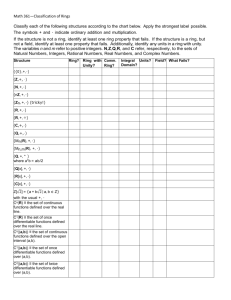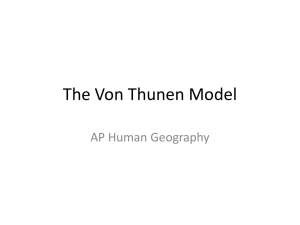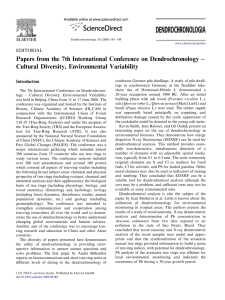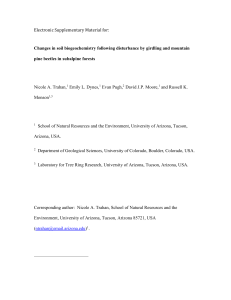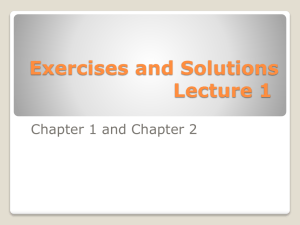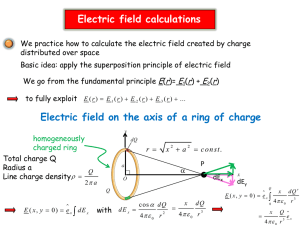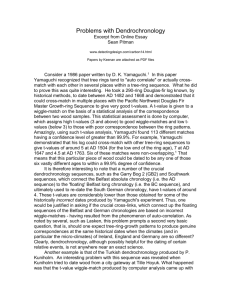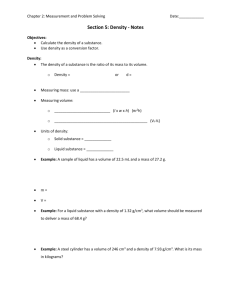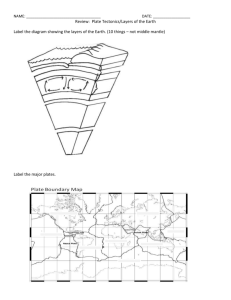Climate and Tree-Ring Laboratory
advertisement
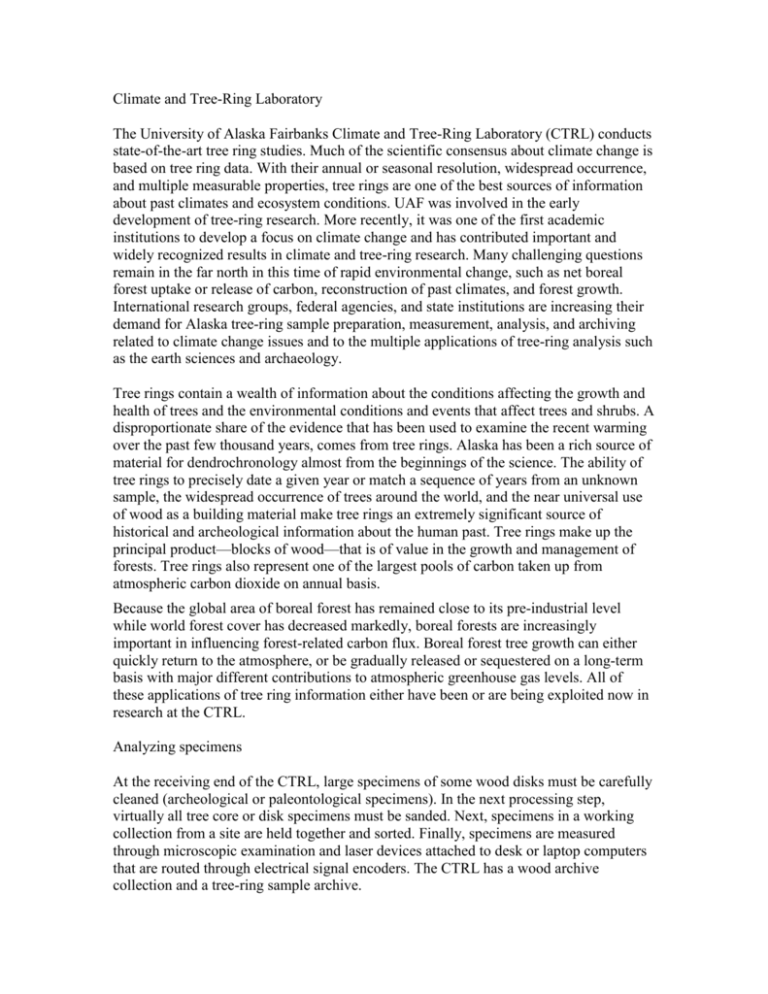
Climate and Tree-Ring Laboratory The University of Alaska Fairbanks Climate and Tree-Ring Laboratory (CTRL) conducts state-of-the-art tree ring studies. Much of the scientific consensus about climate change is based on tree ring data. With their annual or seasonal resolution, widespread occurrence, and multiple measurable properties, tree rings are one of the best sources of information about past climates and ecosystem conditions. UAF was involved in the early development of tree-ring research. More recently, it was one of the first academic institutions to develop a focus on climate change and has contributed important and widely recognized results in climate and tree-ring research. Many challenging questions remain in the far north in this time of rapid environmental change, such as net boreal forest uptake or release of carbon, reconstruction of past climates, and forest growth. International research groups, federal agencies, and state institutions are increasing their demand for Alaska tree-ring sample preparation, measurement, analysis, and archiving related to climate change issues and to the multiple applications of tree-ring analysis such as the earth sciences and archaeology. Tree rings contain a wealth of information about the conditions affecting the growth and health of trees and the environmental conditions and events that affect trees and shrubs. A disproportionate share of the evidence that has been used to examine the recent warming over the past few thousand years, comes from tree rings. Alaska has been a rich source of material for dendrochronology almost from the beginnings of the science. The ability of tree rings to precisely date a given year or match a sequence of years from an unknown sample, the widespread occurrence of trees around the world, and the near universal use of wood as a building material make tree rings an extremely significant source of historical and archeological information about the human past. Tree rings make up the principal product—blocks of wood—that is of value in the growth and management of forests. Tree rings also represent one of the largest pools of carbon taken up from atmospheric carbon dioxide on annual basis. Because the global area of boreal forest has remained close to its pre-industrial level while world forest cover has decreased markedly, boreal forests are increasingly important in influencing forest-related carbon flux. Boreal forest tree growth can either quickly return to the atmosphere, or be gradually released or sequestered on a long-term basis with major different contributions to atmospheric greenhouse gas levels. All of these applications of tree ring information either have been or are being exploited now in research at the CTRL. Analyzing specimens At the receiving end of the CTRL, large specimens of some wood disks must be carefully cleaned (archeological or paleontological specimens). In the next processing step, virtually all tree core or disk specimens must be sanded. Next, specimens in a working collection from a site are held together and sorted. Finally, specimens are measured through microscopic examination and laser devices attached to desk or laptop computers that are routed through electrical signal encoders. The CTRL has a wood archive collection and a tree-ring sample archive. A new leading-edge tree ring measurement system The CTRL has a system of hardware and software that will enable it to begin an entirely new and leading-edge technique for tree-ring measurements. The optical scanning system involves careful preparation of wood surfaces, high-density scanning, and a software program to do a trial assignment of ring boundaries. The operator then simply corrects mis-assigned ring boundary locations. In conventional tree ring measurement, ring boundaries are sighted on a wood specimen through a microscope with integral precision cross hairs. A traveling stage plate with an internal laser measures successive ring width distances when signaled by a button pushed by the operator. The vast majority of ring boundary determinations are completely routine, and in the conventional system, the operator must sequentially enter all ring measurements and so spends the majority of time on these routine placements. In the new optical scan system, image contrast software makes a trial set of ring boundary measurements, and the operator can accept the great majority of these placements immediately, and focus his or her attention on the few that require careful judgment of questionable ring boundaries due to wood characteristics, etc. CTRL research CTRL research involves a diverse set of questions in ecology, climate change science, biogeography, anthropology, and geology. CTRL users and partners include research groups in France, Germany, Scandinavia, Canada, and soon China. An increasing number of graduate student research projects have been completed, including important and award-winning projects. Typically three to six graduate and undergraduate students and one or two high school science fair students are trained in tree-ring techniques each year. Research projects include: Climate reconstruction and negative growth responses of far northern trees Confirmation of climate change and synthesis of climate change effects in northern forests, land management, and agriculture Changing growth responses of northern treeline trees The deep history of dendrochronology on floodplains (driftwood and archaeological wood) Adaptive strategies of white spruce Mystery of Alaska yellow cedar decline Spruce bark beetle outbreaks CTRL Enhancements More than half of the first floor of the Fairbanks Experiment Farm barn is used for tree ring research, and will be renovated soon. The 4,100 sq. ft.-laboratory consists of a continuum of spaces from clean areas for computing to unheated space for rough wood handling. The enhanced CTRL facility will allow for graduate and undergraduate research space, and adequate space to hold training/instructional sessions for integrative research and to integrate research with education. This enhancement will consolidate UAF’s position as a principal regional tree ring lab for the western North American boreal regions, strengthen its national and international collaborations, and strengthen support of the Bonanza Creek Long Term Ecological Research Site, from which many of the tree ring samples are taken. The rehabilitated CTRL will allow tree ring records to “ground truth” satellite-based measurements of photosynthetic trends in the boreal region, analyze archaeological wood samples to build longer chronologies and interpret the human pre-history of Alaska, determine climate sensitivity of tree growth in unsampled parts of Alaska, and participate effectively in international synthesis of tree growth studies.

